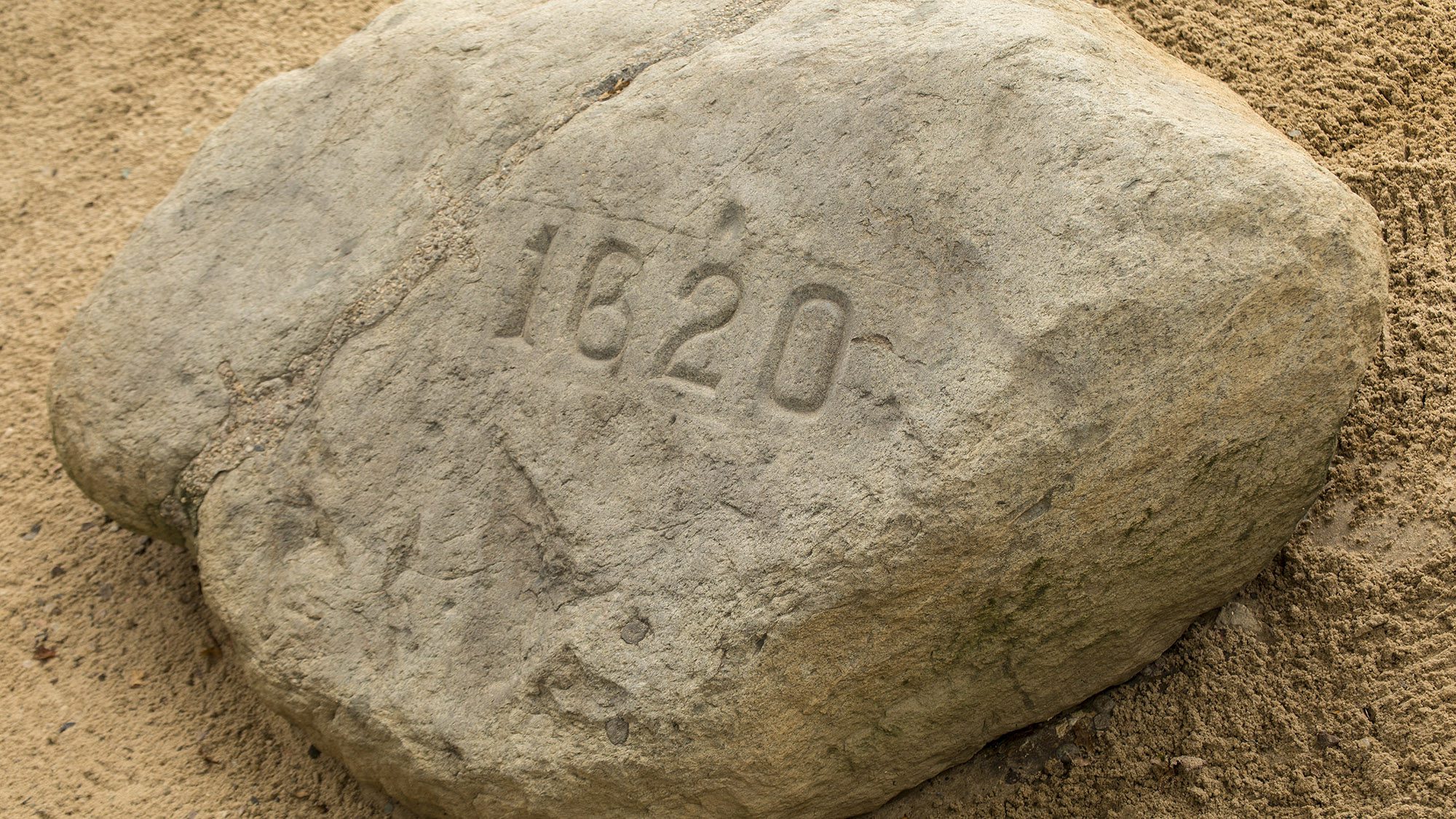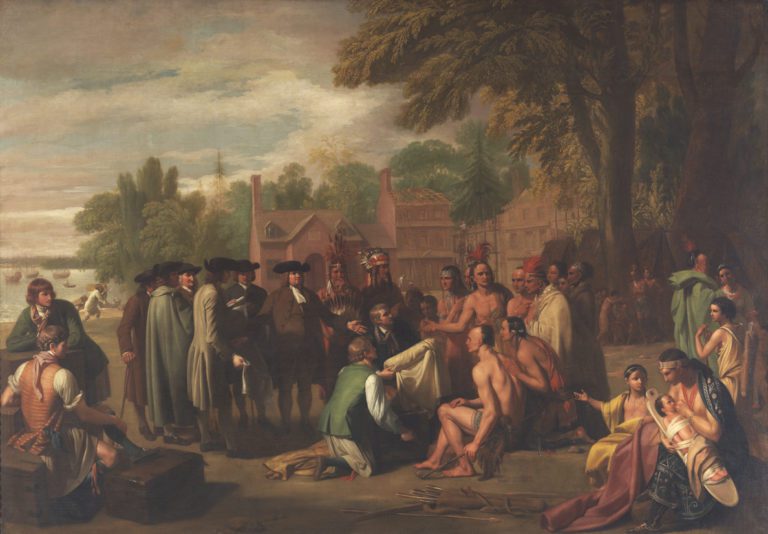Reconsidering Thanksgiving and Native American heritage

November is Native American Heritage Month. November is also the month when many in the U.S. celebrate Thanksgiving.
That’s not a coincidence, and it provides a unique opportunity to reconsider the history of Thanksgiving, according to John Barrington, a professor of history at Furman.
For some, Thanksgiving evokes comforting images of abundance, goodwill and unity. For others, the holiday is an ironic reminder of the cruelty, exploitation and suffering that European colonists inflicted upon North America’s indigenous people.
Faced with this disparity, Barrington encourages the students in his early North American history class to rethink the popular legend of “the first Thanksgiving,” a 1621 harvest feast in Plymouth Colony in Massachusetts where the Mayflower Pilgrims met with members of the Wampanoag Tribe. That union had more to do with exigency than brotherhood, he said.
“While the Pilgrims and Wampanoags did establish a mutual accord at a feast in 1621, it was more a matter of necessity than true harmony; each side needed the support of the other against enemies,” said Barrington. “The Pilgrims were in fact very intolerant – they came to America to establish a colony where only their own particular variety of Protestantism would be permitted. The Pilgrims wished to – and did – expel other English groups who didn’t share their specific beliefs.”
Meanwhile, the Wampanoags had long been in violent conflict with the nearby Narragansett and Massachusetts tribes, Barrington said. The treaty helped the Wampanoags keep their autonomy in the region for a while, but the tribe suffered along with others nationwide as European colonialism expanded. In 1970, Wampanoag leader Wamsutta Frank James led the effort to declare the U.S. Thanksgiving holiday a National Day of Mourning.
A more enlightening alternative to the 1621 Plymouth mythos might be found a few decades later, a few hundred miles to the southwest, said Barrington.
“I generally argue that William Penn’s 1682 treaties with the Lenni-Lenape or Delaware Indians would make a far better historical foundation for our Thanksgiving holiday than the Pilgrims and the Wampanoags,” he said.
Although no paper record survives, historians say the Treaty of Shackamaxon, also known as “William Penn’s Treaty with the Indians” or “The Great Treaty,” sprung from a meeting along the Delaware River in what is now Philadelphia, where Penn and Tamanend, the chief of the Lenni-Lenape Nation, agreed to live in peace in perpetuity.

“The Treaty of Penn with the Indians,” oil painting by Benjamin West / Credit: Pennsylvania Academy of Fine Arts, Philadelphia, public domain
“We meet on the broad pathway of good faith and good-will; no advantage shall be taken on either side, but all shall be openness and love,” Penn is reported to have said. “We are the same as if one man’s body was to be divided into two parts; we are of one flesh and one blood.”
In contrast to the Pilgrim leaders, “Penn was a true idealist who hoped that Europeans and Indians could live in friendship in his new colony,” said Barrington. “He paid a price for land that the Lenape regarded as fair, and he ensured that the transactions were carefully and formally recorded. He gave the Lenape equal rights before the law, allowing them to sit on juries, for example. The Lenape long remembered Penn as a rare example of a just man.”
“We will live in love with William Penn and his children as long as the creeks and rivers run, and while the sun, moon, and stars endure,” Tamanend reportedly said at the treaty summit.
The treaty was immortalized in a painting by Benjamin West, and French philosopher Voltaire described it as “the only treaty that was never sworn to and never broken.”
William Penn’s sons proved to be less idealistic, Barrington said. After their father’s death, John and Thomas Penn seized more than 1 million acres from the Lenape through a disingenuous 1737 treaty.
But even as we acknowledge the broken treaties and systemic mistreatment of indigenous people in North America during Native American Heritage Month, we should also consider the founders who were “true idealists” like Penn, said Barrington.
“Nothing good can last,” he said. “But the original harmony and justice intended by William Penn did last for half a century – making Penn and the Lenape a better model for Thanksgiving, I would argue.”